Regulatory Support
Government policies promoting sustainable agriculture and textile production may bolster the Hemp Fabric Market. Various countries are implementing regulations that encourage the use of organic and sustainable materials. This regulatory support can lead to increased investment in hemp cultivation and processing, thereby enhancing the availability of hemp fabrics. For instance, some regions have introduced subsidies for farmers who grow hemp, which could potentially lower production costs. As a result, the Hemp Fabric Market may experience a surge in supply, making hemp fabrics more accessible to consumers. This trend indicates a favorable environment for the growth of hemp textiles, as supportive policies could lead to a more competitive market.
Diverse Applications
The versatility of hemp fabric in various applications may significantly contribute to the growth of the Hemp Fabric Market. Hemp textiles are not only used in clothing but also in home furnishings, automotive interiors, and industrial products. This broad range of applications allows for a diverse customer base, which can drive demand across multiple sectors. As industries increasingly seek sustainable materials, the Hemp Fabric Market is well-positioned to meet these needs. Market data indicates that the demand for hemp-based products in non-apparel sectors is on the rise, suggesting a promising outlook for hemp fabrics in various markets.
Sustainability Awareness
The increasing awareness of environmental issues among consumers appears to drive the Hemp Fabric Market. As individuals become more conscious of their ecological footprint, they tend to favor sustainable materials. Hemp, known for its low environmental impact, is gaining traction as a preferred choice. The Hemp Fabric Market benefits from this trend, as hemp cultivation requires fewer pesticides and water compared to conventional crops. Furthermore, the biodegradability of hemp fabric aligns with the growing demand for eco-friendly products. Market data indicates that the demand for sustainable textiles is projected to grow at a compound annual growth rate of over 10% in the coming years, suggesting a robust future for hemp fabrics.
Technological Advancements
Innovations in textile manufacturing technology seem to play a crucial role in the Hemp Fabric Market. Advances in processing techniques allow for the production of hemp fabrics that are softer, more durable, and versatile. These improvements can enhance the appeal of hemp textiles to a broader audience, including fashion designers and manufacturers. Additionally, the integration of smart textiles and eco-friendly dyeing processes may further elevate the status of hemp fabrics in the market. Market data suggests that the textile technology sector is expected to grow significantly, which could provide opportunities for the Hemp Fabric Market to capitalize on these advancements and expand its product offerings.
Consumer Demand for Natural Fibers
The rising consumer preference for natural fibers over synthetic alternatives appears to be a driving force in the Hemp Fabric Market. As awareness of the health and environmental impacts of synthetic materials increases, more consumers are seeking out natural options. Hemp fabric, with its hypoallergenic properties and breathability, is becoming a favored choice for clothing and home textiles. This shift in consumer behavior is reflected in market trends, where natural fiber textiles are projected to capture a larger market share. The Hemp Fabric Market stands to benefit from this trend, as it aligns with the growing demand for organic and sustainable products.


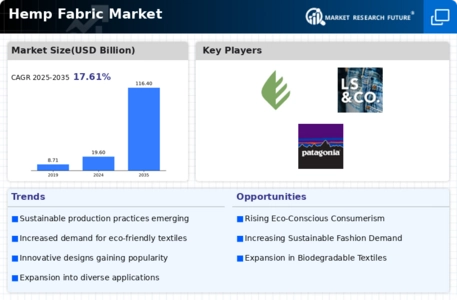
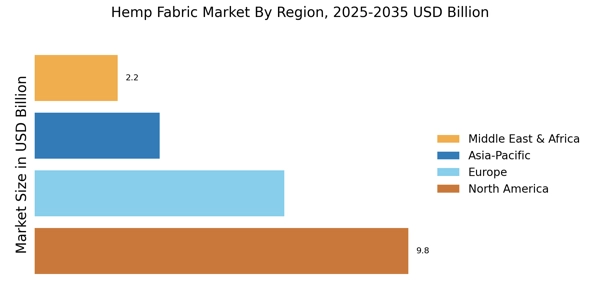
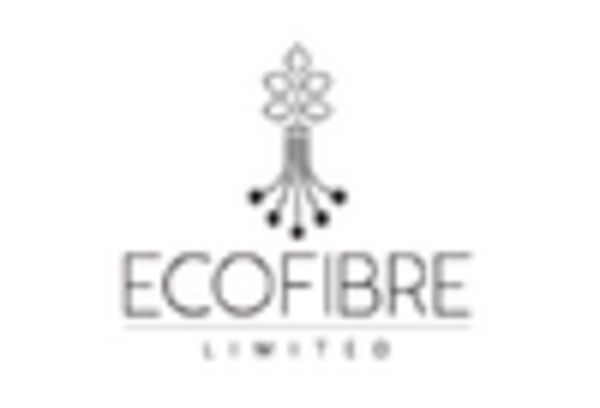
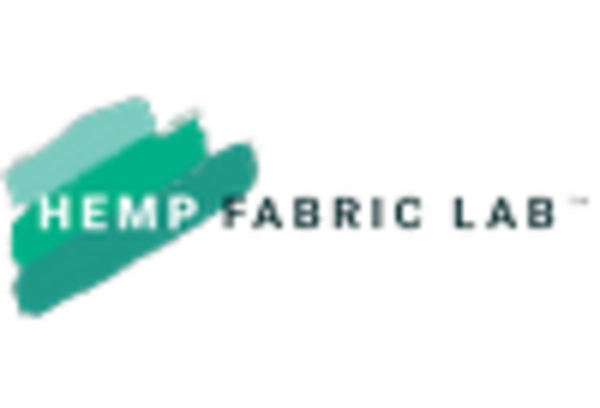
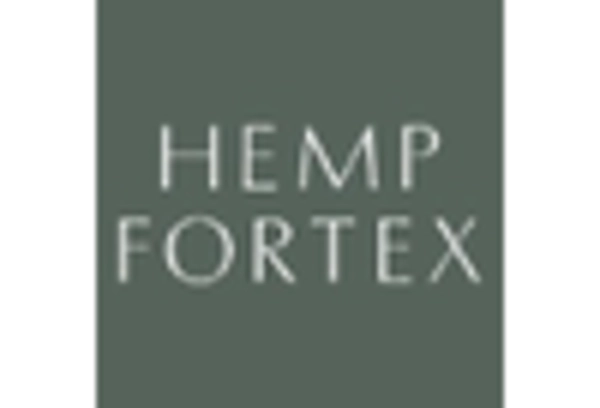
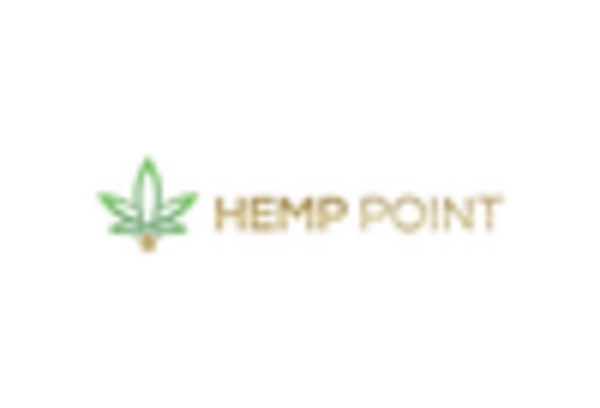
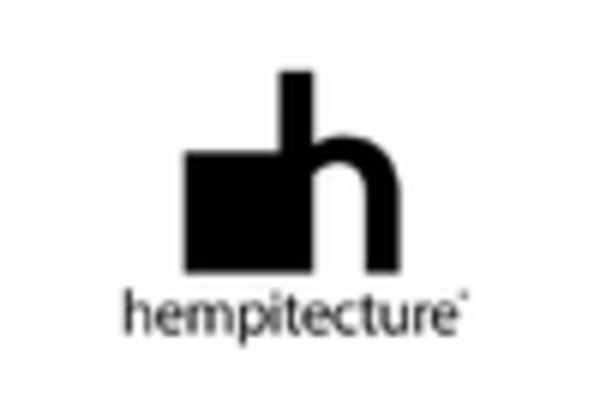
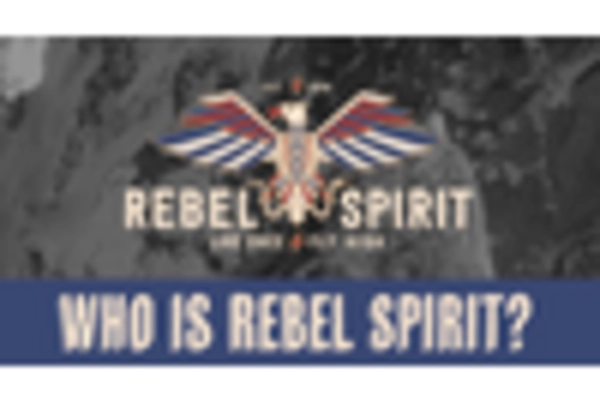








Leave a Comment